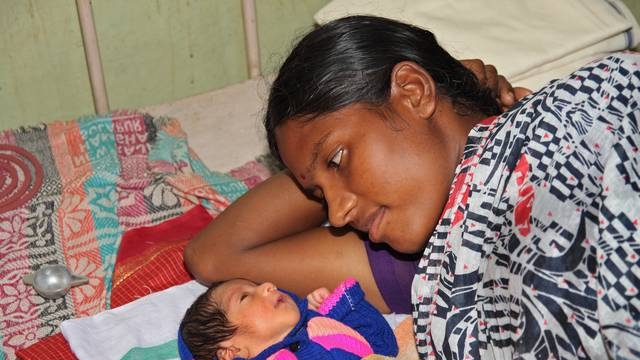Approval Date: 16 December 2004; Additional Financing – 29 April 2010
Closing Date: 30 September 2014
Commitment amount: $212.8 million
Percentage disbursed: 89.6% (As of 30 June 2014)
Context:
The state has a robust public health infrastructure, a committed pool of skilled human resources in the health sector, and significant experience in managing several state-based as well as vertical health programs. Under the Tamil Nadu Health System Project, the state is continually strengthening its health system, and focusing on maternal and child health, equitable access to health care, prevention and treatment of non-communicable diseases, ICT-based health information systems, improved quality of care, and private sector engagement in health.
Project Development Objective:
The objective is to significantly improve the effectiveness of the health system in Tamil Nadu. It has four components:
- Increasing access to and utilization of services: focuses on (i) operationalizing a network of Comprehensive Emergency Obstetric and Neonatal Care Centers (CEmONCs) across the state to address the currently stagnant Maternal Mortality and Infant Mortality Rates; (ii) supporting targeted interventions for equitable access to quality health care for tribal populations; and (iii) facilitating use of public hospitals by the poor and disadvantaged by harnessing the private sector and its strengths.
- Non-Communicable Disease Prevention and Control: focuses on (i) health promotion through school, workplace, and community-based interventions, as well as a multi-dimensional information and education campaign; and (ii) clinical interventions of free screening (basic and higher diagnostics), treatment, and follow up of screened positive patients.
- Building capacity for oversight and management of the health system: focuses on (i) strengthening monitoring and evaluation through an ICT-enabled hospital management system in secondary health facilities and a health management information system networking the entire public health infrastructure of the state; (ii) improving quality of care by accrediting selected health facilities and strengthening ongoing quality improvement programs at secondary health facilities; (iii) strengthening health care waste management knowledge and practices in all public health facilities of the state; and (iv) building capacity of the state government in strategic development and implementation with infrastructure, administrative, and M&E support.
- Improving effectiveness and efficiency of public sector to deliver essential services: focuses on (i) equipment rationalization, strengthening equipment and pharmaceuticals logistics, and supply chain management; and (ii) HR planning and development.
Location:
Across all 32 districts of the state.
Status:
- 125 centers fully functional, resulting in greater access to and use of maternal and neo-natal care services, particularly by poor, disadvantaged, and tribal groups.
- Decrease in the infant mortality rate (IMR) from 43/1,000 live births in 2005, to 22/1,000 live births in 2012 (SRS, India Census).
- Decrease in the maternal mortality rate (MMR) from 109 in 2004-05, to 79 in 2012-13.
- All 5 tribal health interventions well established with good uptake.
- Public-private partnerships for emergency transportation and mortuary van services well established.
- Effective non-communicable disease interventions scaled up throughout the state; non-communicable disease prevention, screening, and treatment pilot scaled up to all 32 districts. Over 6.2 million people screened for hypertension and 740,000 put on treatment; over 4 million screened for diabetes and 210,000 put on treatment; 2.8 million women screened for cervical cancer and more than 121,000 identified positive for the condition; and 2.7 million screened for breast cancer and more than 36,000 women identified positive for the condition.
- Improved health outcomes, access, and quality of service delivery through accreditation of health facilities, strengthened oversight of the public sector health systems, and greater engagement of NGOs.
- Increased effectiveness of public sector hospital services, primarily at district and sub-district levels.


